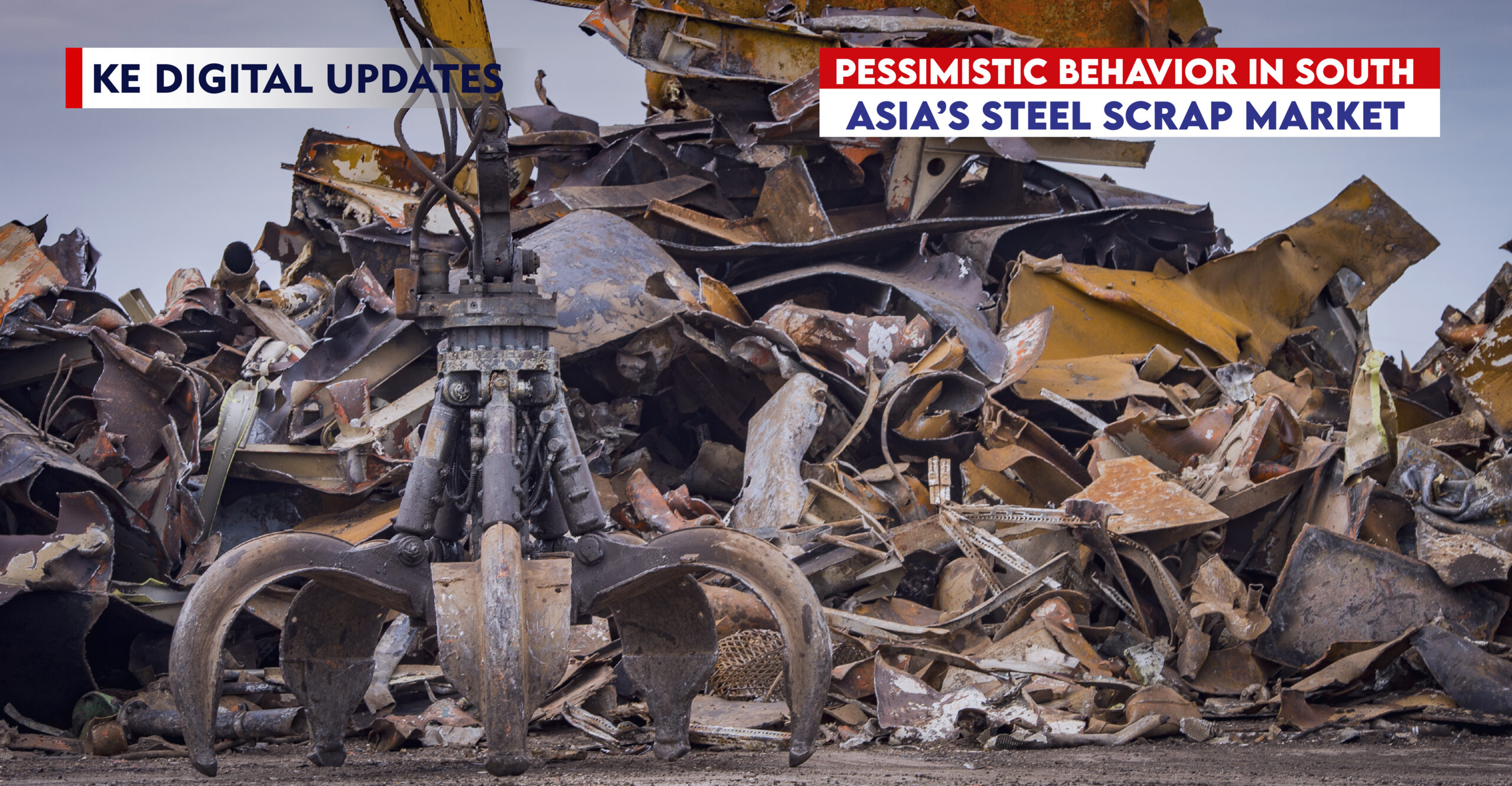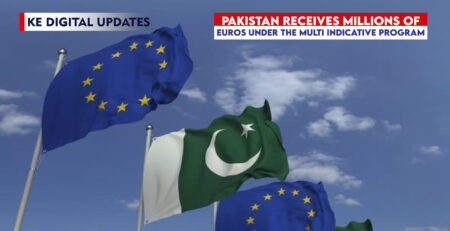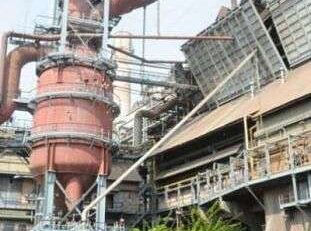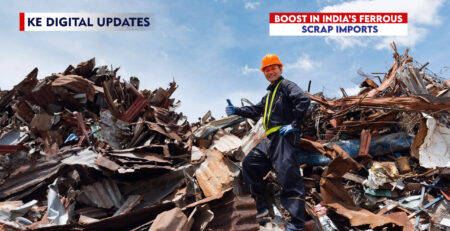The global scrap market has experienced notable price fluctuations throughout May 2025, driven by a combination of steel sector stabilization, strong export demand, and constrained supply. While certain regions have witnessed price recovery, others face challenges due to sluggish demand, geopolitical concerns, and market uncertainties.
Turkey: Price Recovery Amid Weak Domestic Demand
Turkey’s scrap market saw a price rebound in early May after a sharp decline in April. Although domestic steel demand remains weak, export-driven demand and supply adjustments have stabilized prices. Despite geopolitical uncertainties affecting investment confidence, Turkish mills have resumed purchasing, increasing competition for imported scrap. However, fluctuations in steel production and political factors continue to pose challenges.
European Union: Continued Price Decline, Signs of Stabilization
In contrast to Turkey, EU scrap prices have continued to fall due to sluggish manufacturing activity and reduced export opportunities. Steel producers have faced lower-than-expected demand, particularly from the construction and automotive industries. However, market analysts predict a possible stabilization as mills adjust procurement strategies and supply levels balance out in the coming weeks.
United States: Mixed Trends in Domestic and Export Markets
The US scrap market has displayed contrasting trends in May, with exports supporting price stability, particularly shipments to Turkey, while domestic oversupply continues to pressure prices. Scrap yards in key regions have seen higher stockpiles due to slower local demand, pushing some dealers to cut prices. Nonetheless, international buyers have absorbed substantial volumes, providing some price support on the export front.
China: Moderate Growth with Cautious Purchasing
China’s scrap market has experienced moderate growth due to rising steel demand and low inventory levels. Increased infrastructure projects and industrial recovery have spurred purchasing activity, but buyers remain cautious amid concerns over price volatility and raw material costs. Steel mills have prioritized domestic scrap, reducing reliance on imports while maintaining balanced purchasing strategies.
Conclusion
The global scrap market in May 2025 reflects a dynamic landscape shaped by regional demand shifts, supply constraints, and external economic factors. While Turkey sees recovery, EU markets struggle with price declines, the US remains divided between domestic oversupply and strong exports, and China cautiously navigates moderate growth. Trade policies, economic shifts, and geopolitical developments will continue influencing pricing trends across key markets.











Leave a Reply